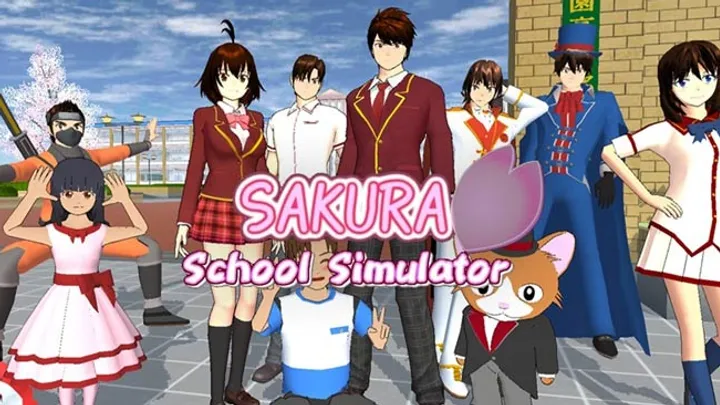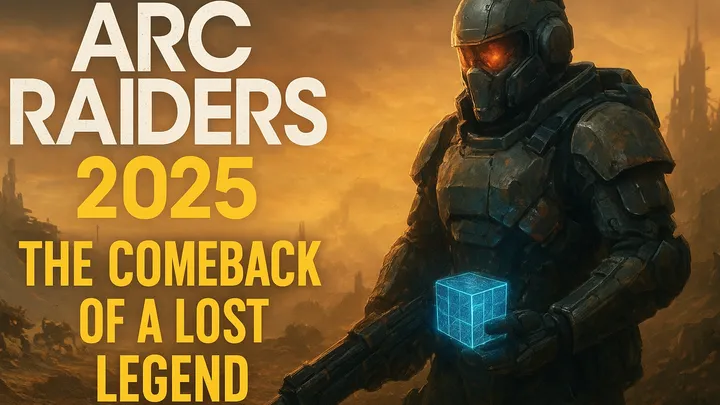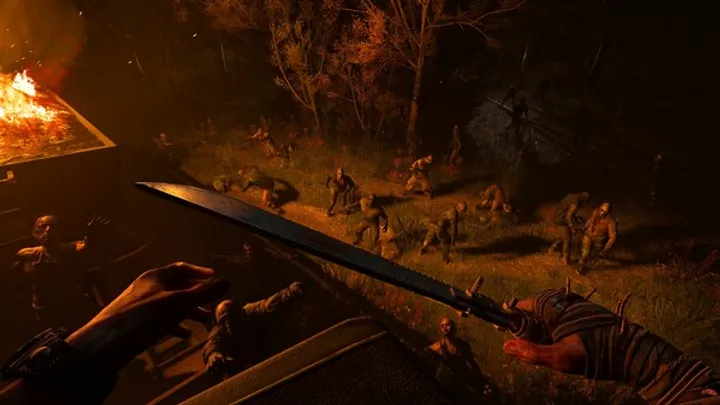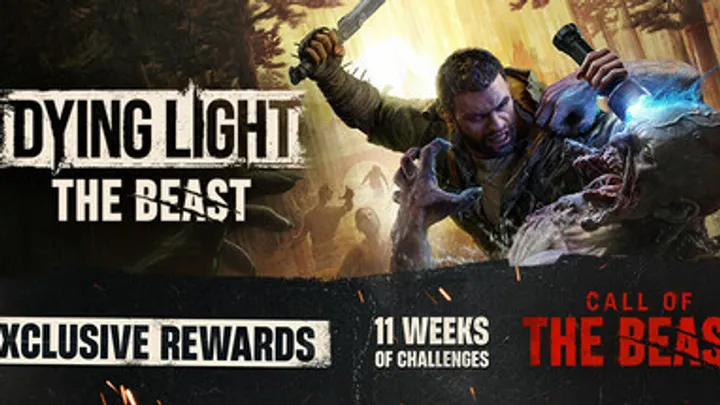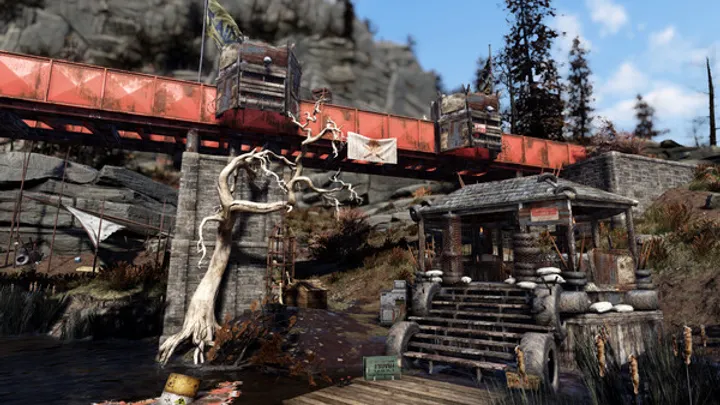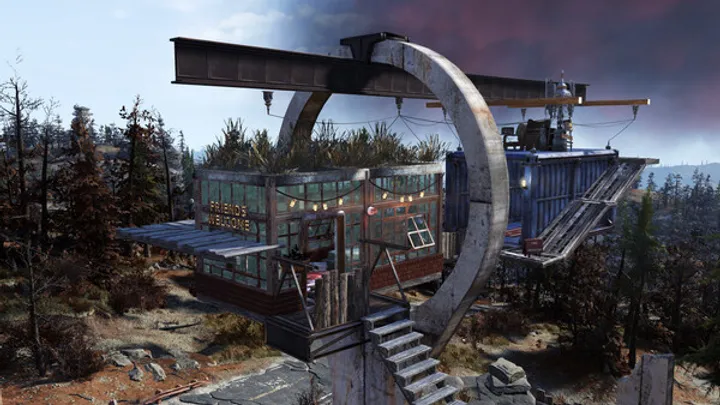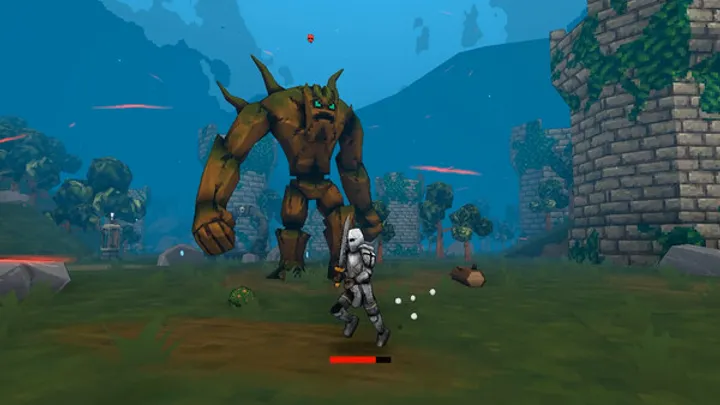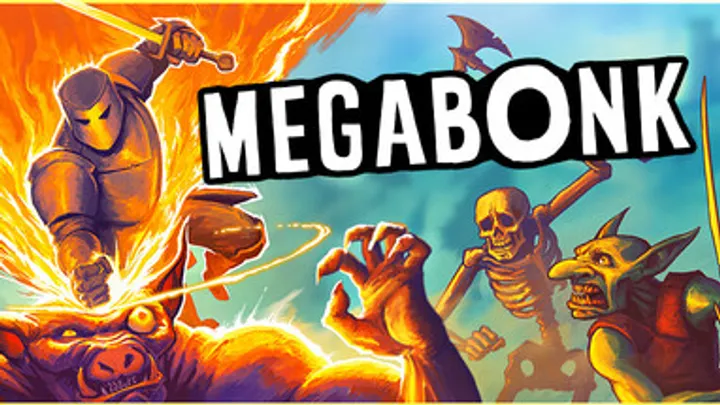Introduction
Digimon Story: Time Stranger is one of the most complex and emotionally rich titles in the Digimon franchise. The game blends time travel, evolution systems, and strategic battles into a story that tests not only your tactical thinking but also your emotional attachment to your digital partners. For many players, understanding how to efficiently train, evolve, and manage your Digimon while navigating the time-based storyline can be overwhelming. This guide will break down everything you need to know — from beginner fundamentals to expert-level secrets — to help you become a master tamer in the Time Stranger world.
1. Understanding the Timeline and Story Flow
The core concept of Time Stranger revolves around a fractured digital timeline. Players must travel through different eras to fix anomalies caused by a mysterious entity that distorts data and memories. Each timeline holds unique Digimon species, evolution branches, and battle mechanics.
The Flow of Time Missions
Your main missions are divided across multiple “Time Nodes.” Completing a node restores part of the timeline and unlocks new Digimon species. Early missions focus on data recovery, while later ones involve moral choices that affect the ending.
Tips for Story Progression
- Always complete side missions in each era before moving on; they unlock hidden memory fragments.
- Keep track of story clues through the Data Archive — missed details can affect certain Digimon evolutions later.
- Talk to NPCs multiple times; they often drop cryptic hints about time paradoxes.
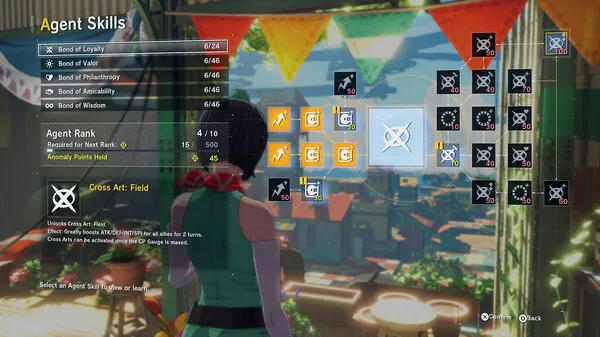
2. Building Your First Team
A balanced team composition is essential for surviving Time Stranger’s diverse challenges. Each Digimon has distinct roles based on attack type, speed, and elemental affinity.
The Ideal Starter Lineup
Begin with a mix of Power, Speed, and Support Digimon. Agumon, Gabumon, and Tentomon are great early picks due to their flexible evolutions. Power types handle physical threats, Speed types strike first, and Support types heal or buff allies.
Training Strategy for Beginners
- Train in lower-tier Time Zones before entering harder ones.
- Use Training Chips to increase base stats; they carry through evolutions.
- Prioritize balance over raw power — synergy is more important in this game’s AI battle system.
3. Mastering Digivolution Paths
Digimon Story: Time Stranger introduces a Time-Linked Evolution System, where certain evolutions depend on both the Digimon’s experience and the timeline’s stability.
Key Evolution Conditions
Each evolution requires specific attributes like Discipline, Friendship, and Era Stability Points. Failing to meet these conditions can result in Time Errors, causing your Digimon to devolve or become unstable.
Advanced Digivolution Techniques
- Collect Time Shards dropped by bosses to unlock alternate evolution trees.
- Experiment with cross-timeline DNA Digivolutions to create unique hybrids.
- Maintain your Digimon’s emotional bond; low trust can restrict evolution paths.
4. Time Battle System – How to Win Every Fight
The Turn-Based Time Layer System (TBTS) is central to combat. Unlike standard Digimon games, turn order and skill timing are influenced by time flow distortion.
Reading the Time Layer Gauge
The gauge at the top of the screen indicates upcoming turns and enemy intent. Skills with time delay effects can manipulate the order, giving you an edge.
Combat Tactics
- Use Delay and Freeze-type skills to stall enemy turns.
- Stack buffs strategically before unleashing Ultimate Attacks.
- Keep a Digimon with “Chrono Barrier” in your team to block time disruptions.
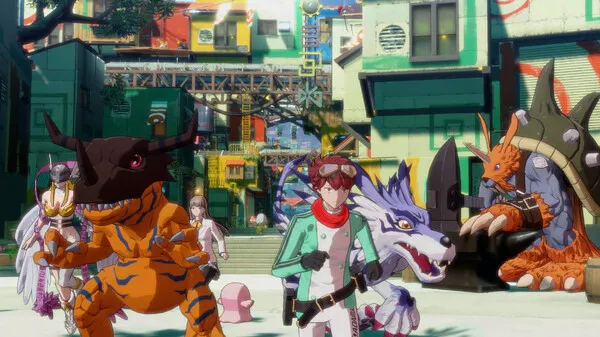
5. Resource Management and Economy
Time Stranger’s economy revolves around Chrono Cores, Memory Chips, and Data Fragments. Efficient resource management ensures long-term progression.
How to Earn Chrono Cores
Chrono Cores are earned through missions, arena battles, and exploration. Avoid wasting them on low-tier gear early in the game.
Smart Spending Tips
- Save Chrono Cores for Ultimate Equipment upgrades.
- Trade duplicate Data Fragments for rare items at the Memory Exchange.
- Upgrade your Digital Farm to boost passive core generation.
6. Exploring Hidden Zones
Some of the most powerful Digimon and rare loot are hidden in secret areas across the timeline. These Hidden Zones are unlocked through specific actions or item combinations.
Unlock Conditions
Most hidden zones require completing “Memory Reconstruction” quests or finding a rare Time Key item. Others are tied to moral choices made in earlier story arcs.
Exploration Strategies
- Revisit old Time Nodes after major story milestones; new portals often appear.
- Use a Digimon with “Data Scan” ability to reveal invisible items or paths.
- Some Hidden Zones contain bosses that drop exclusive evolution items.
7. Emotional Bonds and Relationship Mechanics
Unlike most Digimon titles, Time Stranger adds a layer of emotional depth through the Bond System. Building trust with your Digimon directly impacts their battle performance and story events.
Bond Levels Explained
There are five bond levels: Neutral, Friendly, Loyal, Partner, and Soul Link. Each level increases stat bonuses, reaction time, and special combo attacks.
How to Strengthen Bonds
- Engage in dialogue with your Digimon frequently.
- Feed them preferred data foods based on personality type.
- Avoid reckless decisions that cause timeline instability; your Digimon reacts to your moral alignment.
8. Boss Fights and Legendary Digimon
Bosses in Time Stranger are designed to test your understanding of both the combat system and emotional connection mechanics.
Time Paradox Bosses
These enemies exploit your weaknesses using distortion attacks that reset stat buffs. Prepare by equipping anti-distortion accessories and using Time Shield skills.
Legendary Digimon Encounters
- Omegamon Chronos: Only appears if you maintain full timeline stability and complete the “Silent Clock” quest.
- Lucemon Falldown Mode: Spawns in the Dark Era if moral alignment leans toward Chaos.
- Millenniummon Remnant: A secret superboss requiring perfect Digivolution data.
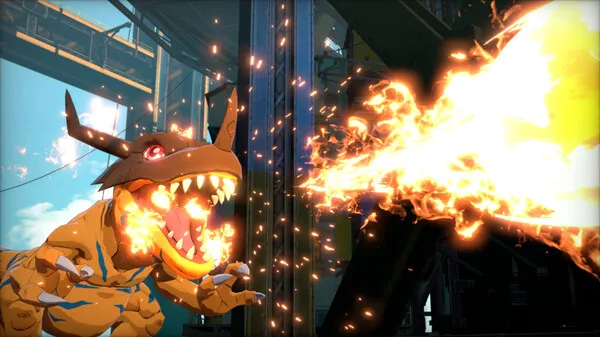
9. Endgame and Post-Timeline Content
After completing the main story, the game unlocks Temporal Rifts, advanced dungeons filled with evolved Digimon and ultra-rare loot.
Temporal Rift Challenges
Each Rift represents a corrupted timeline with shifting rules — battles may disable healing or limit skills. Completing these rifts grants exclusive emblems and rare DNA fragments.
Post-Game Goals
- Aim to collect all 120 Digimon species and complete the Digital Archive.
- Challenge the “Chrono Arena” for ranked rewards.
- Experiment with alternate endings by replaying timelines with different moral choices.
10. Expert Strategies and Hidden Mechanics
To truly master Time Stranger, you must dive into its underlying systems and hidden patterns.
Understanding the Hidden Stats
Each Digimon has unseen stats like “Temporal Resistance” and “Chrono Awareness,” which influence their reaction to time-based effects. You can only view these after acquiring the Analyzer Module.
Pro-Level Tips
- Combine Time Manipulation skills with high-Speed Digimon to dominate the turn order.
- Keep multiple save files before major decisions — branching timelines can lock certain Digimon.
- Focus on data synergy: certain Digimon perform better when paired with species from the same digital origin.
Conclusion
Digimon Story: Time Stranger is more than just another monster-raising RPG. It’s a journey through fractured timelines, emotional connections, and moral complexity. Success depends on strategy, resourcefulness, and understanding the delicate balance between time and trust. With this complete guide, you now have the tools to evolve your team, dominate battles, uncover hidden zones, and ultimately restore balance to the Digital World’s chaotic timelines. Whether you’re a veteran tamer or a newcomer, every decision in Time Stranger shapes both your Digimon’s destiny and your own.
Summary (110 characters):
